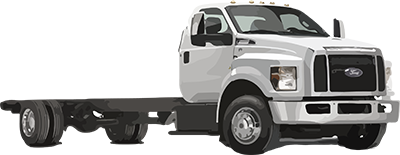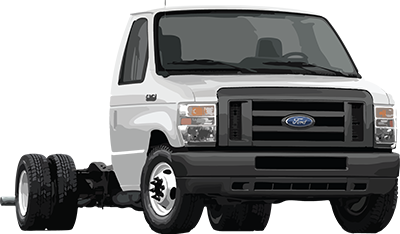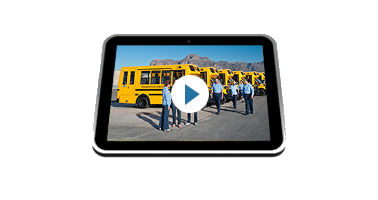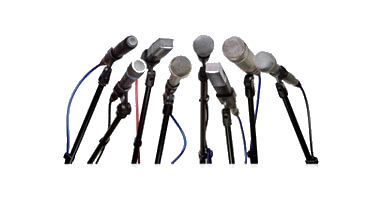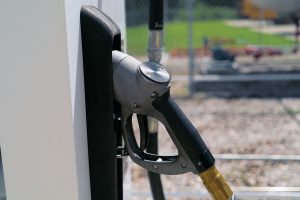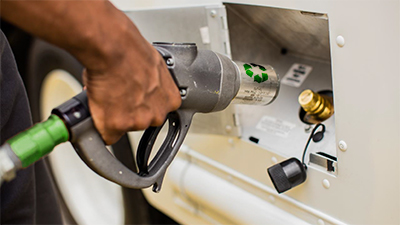Buying Fleet Vehicles Part 2: The “Aha!” Moment
 When something that seems complex suddenly becomes simple, you might experience an “Aha!” moment. Making decisions regarding which fleet vehicles to buy can involve layers of complexity. Understanding the total cost of ownership (TCO) of vehicles can help you cut through those layers with ease and confidence.
When something that seems complex suddenly becomes simple, you might experience an “Aha!” moment. Making decisions regarding which fleet vehicles to buy can involve layers of complexity. Understanding the total cost of ownership (TCO) of vehicles can help you cut through those layers with ease and confidence.
The cost of fueling infrastructure is one part of determining TCO for a fleet vehicle. Environmental and emissions costs, if they are a fleet requirement, must be accounted for as well.
While building a fueling infrastructure might sound prohibitively expensive, ROUSH CleanTech’s propane autogas fleet customers learn that the actual cost of an on-site propane filling station is reasonable and the construction is simple. The fuel supplier you choose can provide the equipment — in many cases you just need to prepare the site, which the Propane Education & Research Council costs about $1,500 to $7,500, depending on your fleet size. PERC estimates an organization with a small fleet can purchase its own fueling infrastructure (including the pump, tank and dispenser) for between $25,000 and $50,000. Larger fleets requiring stations with higher-capacity tanks, a canopy and multiple dispensers could invest $50,000 to $200,000.
The fleet infrastructure costs for propane autogas come in much lower than those for other alternative fuels, like electricity or compressed natural gas (CNG). The Natural Gas Vehicles for America estimates that CNG fueling stations can cost between $675,000 and $1,000,000 to build.
Meeting environmental and emissions regulations can be a critical factor in your vehicle fuel choice. As a domestically produced, clean-burning fuel, propane autogas can help make your fleet “greener” without the expensive emissions technology required with diesel vehicles.
If using an alternative fuel seems inconvenient or outside standard procedures, it’s tempting to discount making a switch. Let the numbers guide you and inform yourself about the costs and benefits. In our next post in this three-part series, we explain how online calculators make running the numbers easy so you can decide the best fuel for your fleet. Join the conversation here.




